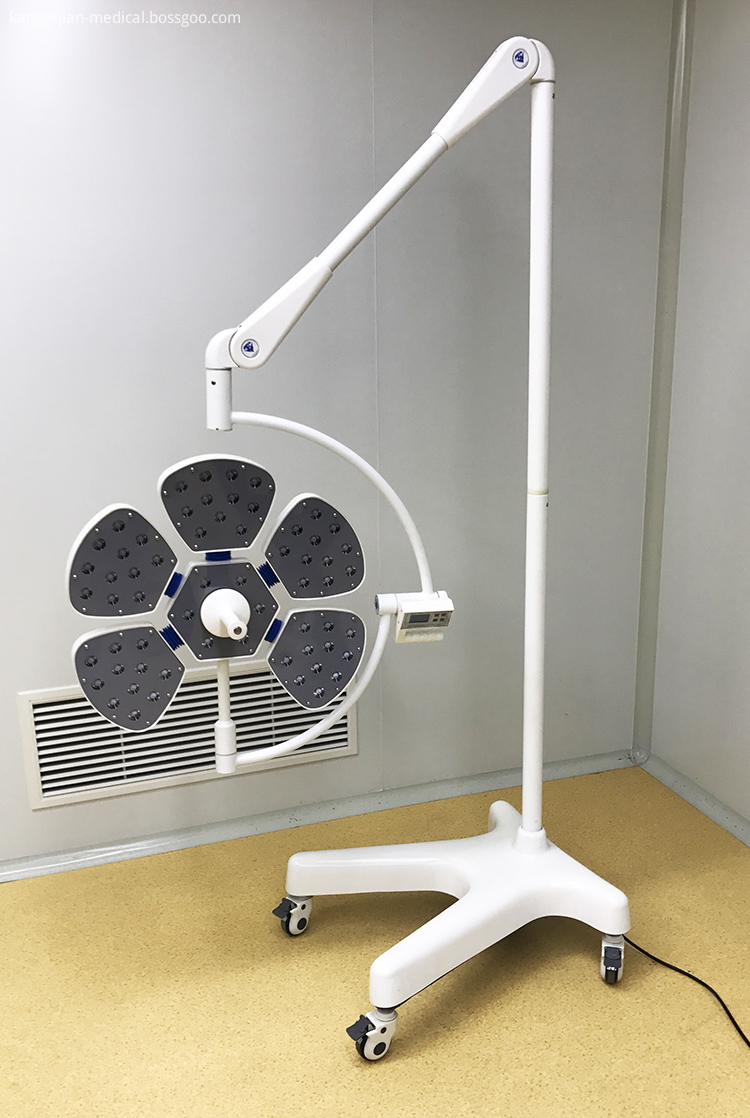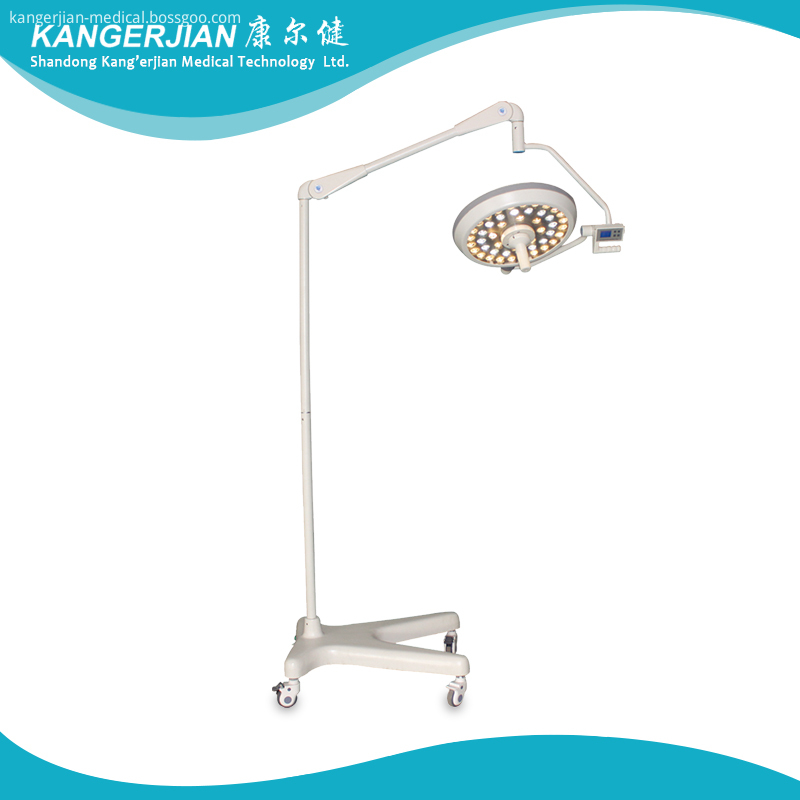Symptoms are also known as peanut root nodule nematode disease. Commonly known as yellow disease, land fall disease, jaundice and so on. The second-instar larvae invade young root tips of peanuts and form irregular root knots. The nematode penetrates into the root column of peanuts to cause root fluid to seep and lose nutrients, which can easily cause secondary diseases. Root-knot nematode settled to feed on drought-stimulated root cell proliferation, continuously injuring new root tips, making secondary roots clustered (root clusters), and absorbing nutrients difficult. The diseased plants grew slowly or chlorosis was not long, the plants were short, the leaves at the beginning of flowering stage were yellow and thin, and the leaf margin was scorch and fell off earlier. Flowers are small and bloom late, with little or no result. Nematodes can also invade the husks, fruit stalks, and root necks. The husks suffer from the formation of nodules with nodules, and the posterior worms are brown sores but are rare. Stems and rhizomes form clusters of grape nematodes.
There are mainly two species of pathogenic peanut root knot nematodes: Me10idogyne hapla Chitwood said that the northern root knot nematodes and M. arenaria (Neal) Chitwood called peanut root knot nematodes, both plant parasitic nematodes. The former females are pear-shaped or pouch-shaped. After the sink hole is located on the base ball of the mouth needle, the perineal shape is round to oval, the back arch is low-edged, the lateral line is not obvious, there are often engraved points near the tip, and there is no irregularity at the proximal line. Horizontal stripes. The male worms are worm-shaped, the head area is uplifted, and the body area is clearly defined. The lateral area has four lateral lines. The head sensation is long cracked. Larvae have a body length of 347-390 μm and a flat or slightly rounded head, with a distinct sensilla. The excretory hole is located at the front of the intestine, the rectum does not inflate, and the tail tapers back. Peanut root-knot nematode females milky white, pear-shaped, size 405-960μm, mouth needle base ball slightly backward, perineal round
Or oval, near the tip of the tail without engraved points, irregular lines at the proximal line, and some stretched to the angle of the vulva. The males are grayish white with slightly pointed heads, rounded blunt tails, and lead with new vegetables, sizes 1272-222635-53 (μm). Larvae have a body length of 448 (μm). The body length of the larvae is 448 μm. Before the half moon body is close to the sink hole, the rectum is enlarged, the tail is tapered backwards, and the tip is more pointed.
Transmission routes and onset conditions Pathogens of pathogenic nematodes in the soil, overwintering inside and outside diseased nectarine tumors, can also be mixed with manure for winter. In the following year, the temperature rose and the eggs hatched into first-instar larvae. After molting, they were second-instar larvae. Then they emerged from the root tip of the peanuts and moved in the intercellular spaces and tissues. When inserted into a pod-like shape, it is inserted into the lining to absorb nutrients, stimulating excessive cell growth and leading to the formation of giant cells. The second molt becomes a third instar larvae and then becomes the adult by the second molt. After the male and female copulation, the male dies, the females lay eggs in the glial oocysts, the oocysts are present in or outside the worms, the females die after laying eggs, and the eggs are hatched in batches in stages to invade again. dye. Northern root-knot nematodes can infest more than 550 species of plants. Peanut root knot nematodes are also known to infect 330 species of plants. Pest resistant to low temperature and flooding ability. Shandong is generally 3 generations a year. The nematodes on peanuts begin to lay eggs on the 23rd day at 20-28°C under light conditions for 6 hours. It takes about 39 days to complete the generation. The nematodes are mainly distributed in 40cm soil layers and move in the sand soil by an average of 1cm per day. They mainly spread through the soil of sick fields, but they can also be transmitted through farming operations, water flow, drying fertilizer, wind, etc. Wild hosts can also spread. Transporting diseased fruits causes long-distance transmission. The nematode invades a suitable soil temperature of 11.3-34°C, and the optimum temperature is 15-20°C. The maximum water holding capacity in the field is about 70% suitable for invading nematodes. Nematodes move up and down with the amount of water in the soil. Drought is easy to occur in the year, early in the rainy season, with large rainfall, and rapid recovery of the plants. Sandy loam or sandy soil and infertile soil are heavy. Even crop fields, extensive management, and weedy peanut fields are susceptible to disease.
Prevention methods (1) Strengthen quarantine, protect non-disease areas, and strictly prohibit the introduction or introduction of cultivars from the wards. (2) Turn crop rotations into rotations with non-host crops or bad host crops for 2-3 years. (3) Cleaning the countryside, deep-rooting the diseased roots, and centrally burning them. Increase fat and soil and increase organic fertilizer. (4) Strengthen field management, eradicate weeds, and replant sick fields in summer. Build drainage ditch. Avoid string irrigation to prevent the spread of water. (5) Chemical control: Use 10% Defense Line No.1 emulsifiable concentrate, and add poisonous soil to 667m? 2-2.5kg fine soil and add 20kg into the hole. Or use 10% aldicarb (iron eradication) granules 2.5-5kg, 3% carbofuran (keweiwei) granules 5-6kg, 5% gram phosphor granules 2-12kg, 5% sulphur-phosphorus ( Ke line Dan) granules 8kg, 5% Merrill granules 3.6kg, also available 10% methyl isofluosal or retinol, thiophos-phorus, phozophos granules 4-6kg, to be layered when sowing Sowing to prevent phytotoxicity. At the same time pay attention to human and animal safety. Carotenoids such as carbofuran are used as seed coating agents. Seeds are treated 2 days before sowing. The liquidity of the liquid should be above 30. Fumigants are used to control the use of methods such as DD blends, ethylene dibromide (EDB), cotton wool (must-kill), etc. See soybean cyst nematode disease. (6) Biological control The application of Paecilomyces lilacinus and Verticillium chlamydospora can significantly reduce the nematode population and eliminate its eggs.
Germany imported beads
Imported French lens
mould Die-casting Eight edge type Revolving arm
Optional emergency power supply≥3 hours


Product features:
1.Ideal cold light effects.
Using the new LED cold light source, energy saving and environmental protection and long service life up to 80,000hours or more. Temperature increase over surgeon`s head < 1℃.
LED do not engender infrared ray and ultraviolet radiation, it doesn`t have the temperature rise and tissue damage caused by halogen shadowless light, can accelerate the wound healing after surgery, and has no Radiation pollution.
LED color temperature constant, soft, very close to the natural sun light.
2.Excellent shadowless effect
Lamp with the most scientific radian,Multi point light source design, so that more fullness of the light spot,When the lamps are partially occluded, also can achieve perfect shadowless effect.
Lamp panel radius of gyration: ≥182cm, the lamp can be pulled to vertical floor, convenient to any angle illumination.
3.Excellent deep lighting
4.Advanced control system
The use of liquid crystal display button control, to meet the needs of the medical staff of different patients with the brightness of the operation.
It offers illuminance memory function.
5.Universal suspension system
Rotating arm, a new type of alloy material is made of eight edge type.
Balanced system using imported arm module, more than 5 group universal joints, every cantilever must has more than 3 joints which can be rotated in 360°, The structure is light, easy to manipulate, accurate positioning, can provide the maximum range of regulation.
The equipped with fatigue correcting unit and fix position hand handle device, easy to fix position after long time use.
6.Modern laminar lamp
The thickest part of lamp-chimney is not more than 10cm.
The lamp-chimney is made of ABS, The handle on the central of lamp can be detachable, can take high temperature (≤ 134°C) sterilization treatment, easily adjust, flexible fixed.
Mobile Type LED Operating Light
Mobile Type LED Operating Light,Mobile Operating Light,Mobile LED Surgical Light,Movable LED Operating Lamp
Shandong Kang'erjian Medical Technology Ltd. , https://www.operatingtable.nl